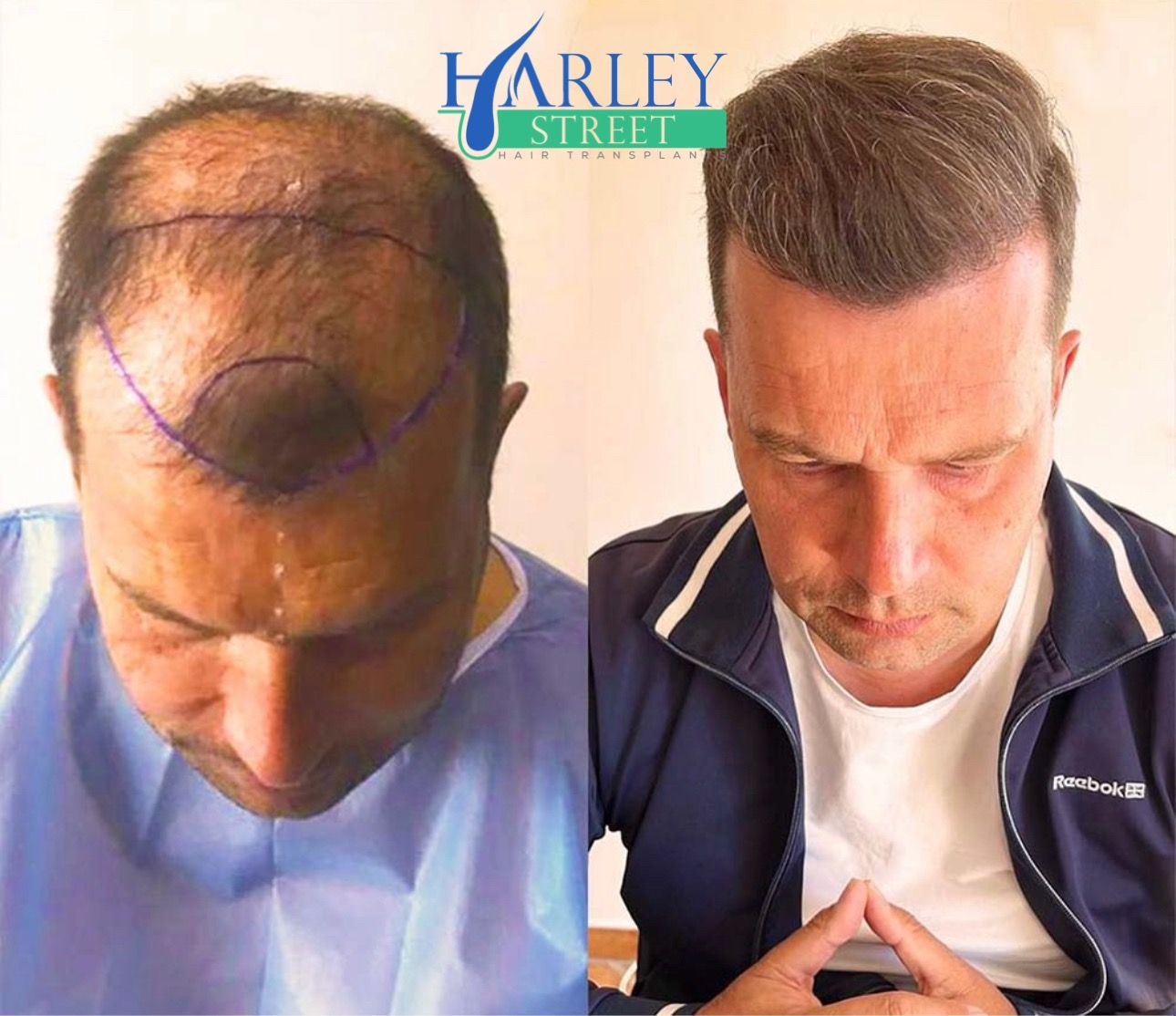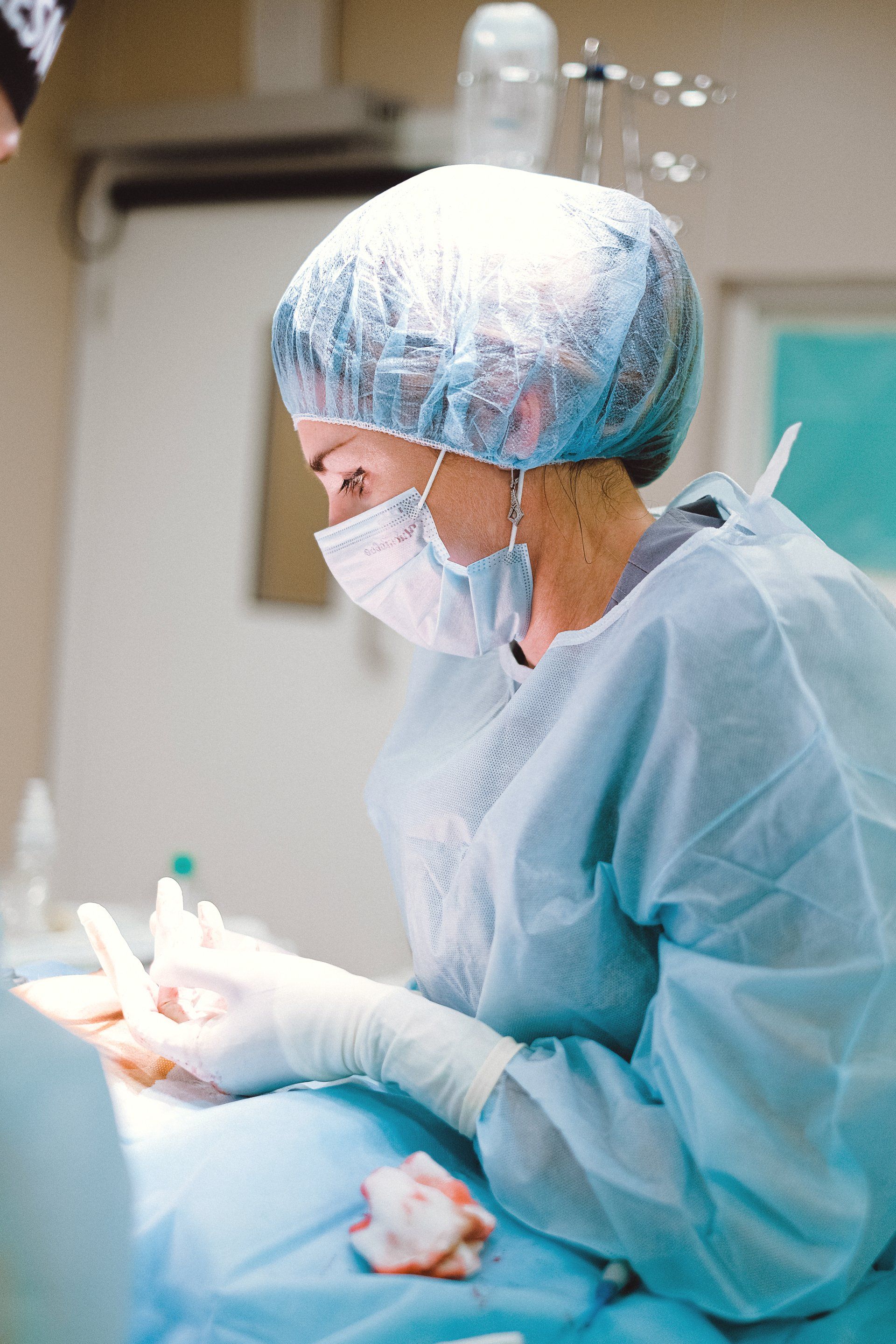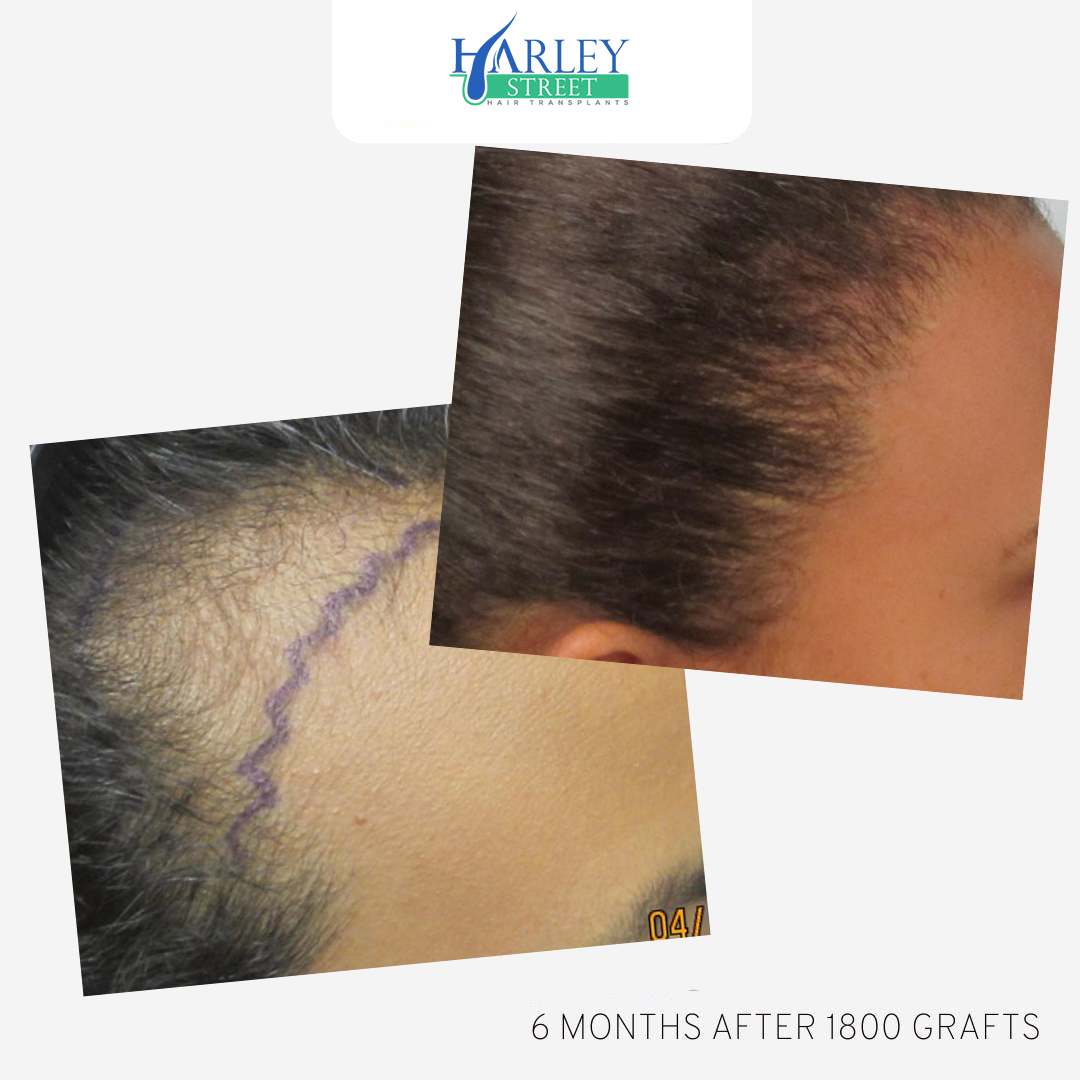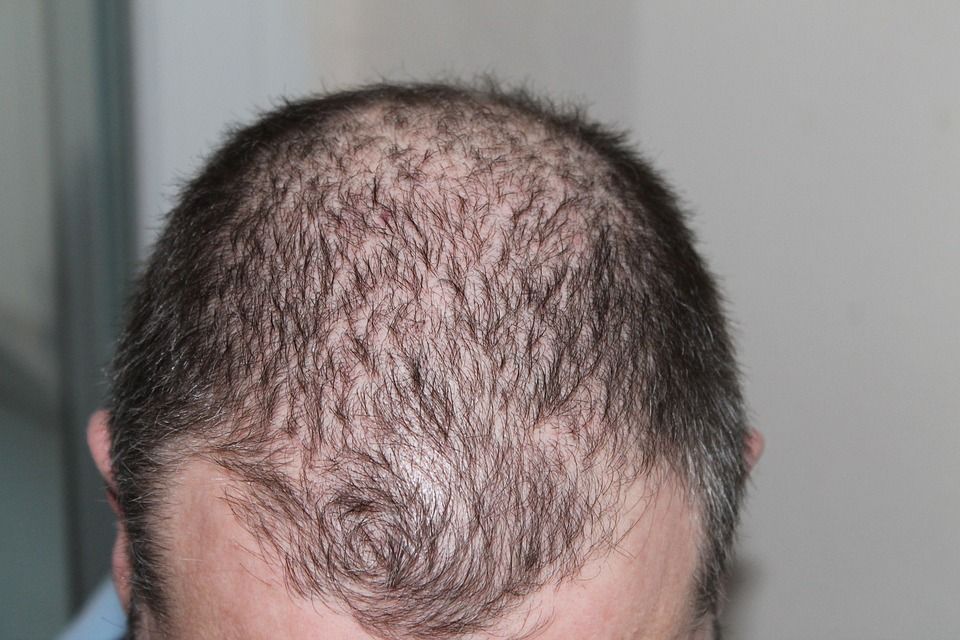Blog Details
HOME > BLOG DETAILS
Having A Hair Transplant in 2024?
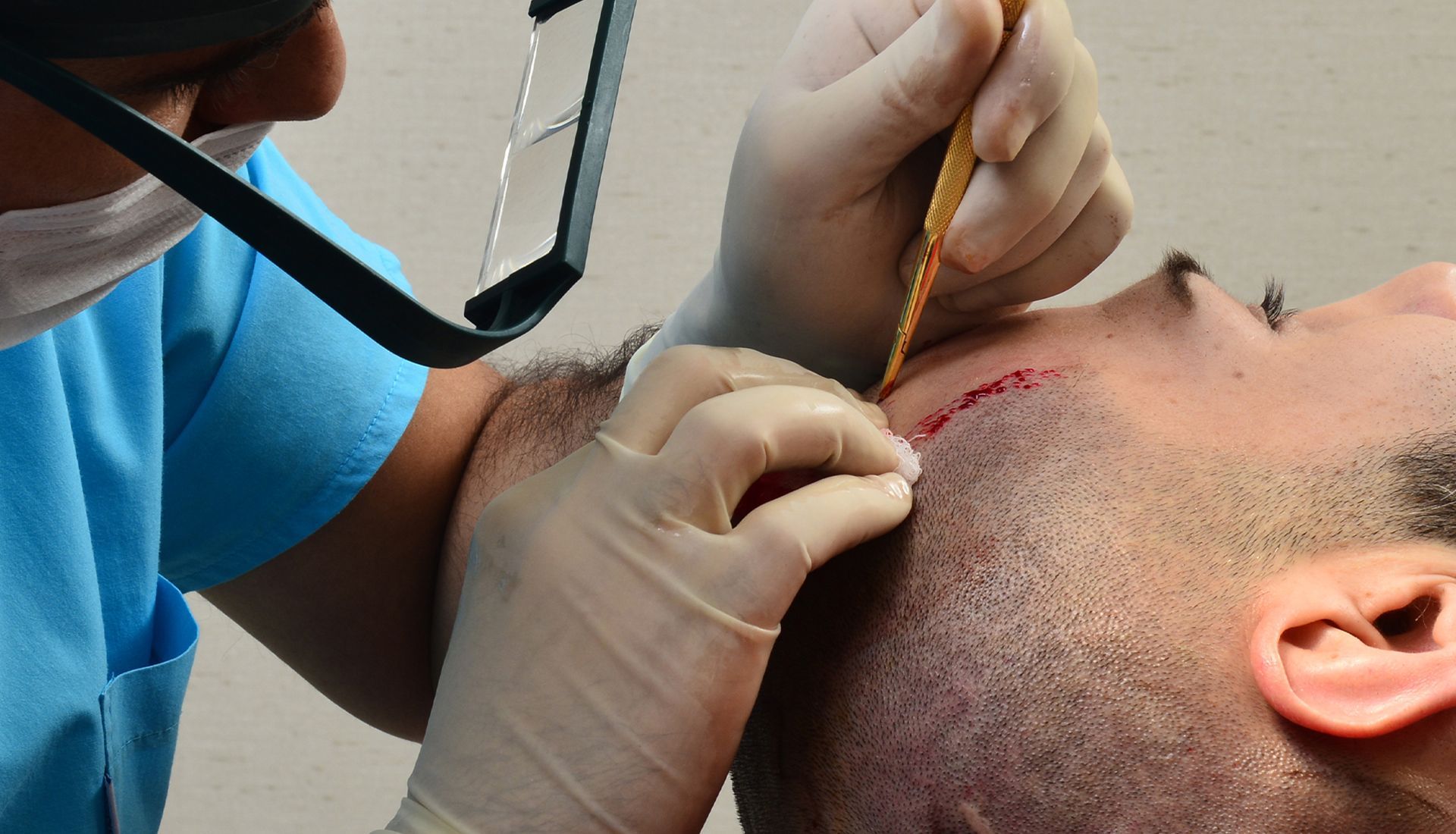
The Ultimate Guide to Hair Transplants: Trends and Innovations in 2024
Hair loss can be a distressing experience for many, affecting self-esteem and overall confidence. Fortunately, advancements in hair transplant technology have made it possible for individuals to restore their hair and regain their confidence. In this comprehensive guide, we’ll explore everything you need to know about hair transplants in 2024, including the latest trends, techniques, and what you should consider before opting for this procedure.
Understanding Hair Transplants: What Are They?
A hair transplant is a surgical procedure that involves moving hair follicles from one part of the body (usually the back or sides of the head, known as the donor area) to a balding or thinning part of the head (the recipient area). The goal is to restore natural hair growth in areas affected by hair loss.
Types of Hair Transplants:
Follicular Unit Transplantation (FUT) This traditional method involves removing a strip of skin with hair follicles from the donor area, which is then dissected into individual follicular units and implanted in the recipient area. Although effective, it can leave a linear scar.
Follicular Unit Extraction (FUE) A more modern approach where individual hair follicles are extracted directly from the donor area and transplanted to the recipient site. FUE is less invasive, leaving minimal scarring and offering a quicker recovery time.
Trends and Innovations in Hair Transplant Techniques in 2024
The field of hair restoration has seen significant advancements in recent years. Here are some of the latest trends and innovations in hair transplant techniques in 2024:
Robotic Hair Transplants: Robotic systems, like the ARTAS iX, have revolutionized the precision and accuracy of hair transplants. These systems use artificial intelligence to assist surgeons in harvesting and implanting hair follicles, ensuring consistent results and minimizing human error.
Direct Hair Implantation (DHI) This technique, a refinement of FUE, uses a specialized pen-like tool to extract and implant hair follicles simultaneously. DHI allows for greater control over the depth, angle, and direction of hair growth, leading to a more natural appearance.
-Stem Cell Hair Transplants: Research into stem cell therapy has opened up new possibilities for hair restoration. In this procedure, stem cells are harvested from the patient’s body and injected into the scalp to stimulate hair growth. Although still in its early stages, stem cell hair transplants hold promise for the future of hair loss treatment.
Bio-Enhanced Hair Transplants: This involves using platelet-rich plasma (PRP) and other growth factors to enhance the survival and growth of transplanted hair follicles. Bio-enhanced techniques can improve healing times and increase the success rate of hair transplants.
Who Is a Good Candidate for a Hair Transplant?
While hair transplants can offer a permanent solution to hair loss, not everyone is a suitable candidate. Ideal candidates for hair transplants include:
-Individuals with Male or Female Pattern Baldness: The most common type of hair loss, androgenetic alopecia, is often hereditary and can be effectively treated with hair transplants.
Those with Sufficient Donor Hairs Successful hair transplants require enough healthy hair follicles in the donor area to cover the balding or thinning areas.
People in Good Overall Health: Since hair transplant surgery is a medical procedure, good overall health is essential for a smooth recovery and optimal results.
Preparing for a Hair Transplant: What You Need to Know
Before undergoing a hair transplant, there are several key considerations:
Consultation with a Specialist: A thorough consultation with a qualified hair transplant surgeon is essential. During this consultation, the surgeon will assess your hair loss pattern, discuss your expectations, and determine the best treatment plan for you.
Setting Realistic Expectations: While hair transplants can significantly improve hair density, they may not restore a full head of hair, especially in cases of extensive hair loss. Understanding the limitations and realistic outcomes is crucial.
Pre-Surgery Preparations: Your surgeon may recommend certain pre-surgery guidelines, such as avoiding blood-thinning medications and stopping smoking, to ensure a successful procedure.
The Hair Transplant Procedure: What to Expect
Hair transplant surgery typically takes between 4 to 8 hours, depending on the extent of the procedure. Here’s what you can expect:
Local Anaesthesia: Hair transplants are usually performed under local anaesthesia, which means you’ll be awake but won’t feel pain in the donor or recipient areas.
Extraction and Implantation: In an FUE procedure, the surgeon will extract individual hair follicles from the donor area and implant them into tiny incisions made in the recipient area. In an FUT procedure, a strip of scalp is removed, and the follicles are dissected and transplanted.
Post-Operative Care: After the procedure, you may experience some swelling, redness, and discomfort. Your surgeon will provide instructions on how to care for your scalp, including washing your hair and avoiding strenuous activities.
Recovery and Results: The Road to Fuller Hair
Recovery time varies depending on the individual and the technique used. Here’s a general timeline of what to expect:
First Few Days: You may experience swelling, redness, and scabbing around the transplanted hair follicles. These symptoms typically subside within a week.
First Month: Transplanted hair may fall out during the first month – a normal part of the process called “shock loss.” New hair growth usually begins within 3 to 4 months.
6 to 12 Months: Most patients see significant hair growth within 6 to 12 months post-surgery. The final results can take up to 18 months to fully manifest.
The Cost of Hair Transplants in 2024
The cost of hair transplants can vary widely depending on factors such as the extent of hair loss, the technique used, the surgeon’s expertise, and the geographic location of the clinic. On average, hair transplants can range from £3000 to 10,000 It’s important to consider the long-term benefits and the confidence that comes with a successful hair transplant when evaluating the cost.
Choosing the Right Hair Transplant Surgeon
Selecting a qualified and experienced hair transplant surgeon is crucial to achieving the best possible results. Look for a surgeon who:
Is Board-Certified: Ensure the surgeon is board-certified in dermatology or plastic surgery and has specialized training in hair restoration.
Has a Proven Track Record: Ask to see before-and-after photos of previous patients and read reviews to gauge the surgeon’s expertise and patient satisfaction.
Offers a Personalized Approach: A good surgeon will take the time to understand your specific needs and develop a tailored treatment plan.
Conclusion: The Future of Hair Restoration
Hair transplants have come a long way, offering effective and natural-looking solutions for those experiencing hair loss. With advancements in technology and techniques, patients can achieve remarkable results with minimal downtime and discomfort. If you’re considering a hair transplant, take the time to research your options, consult with a qualified specialist, and set realistic expectations. The journey to fuller, healthier hair is within reach, thanks to the innovations in hair restoration in 2024.
Contact us today to start your hair transplant journey.
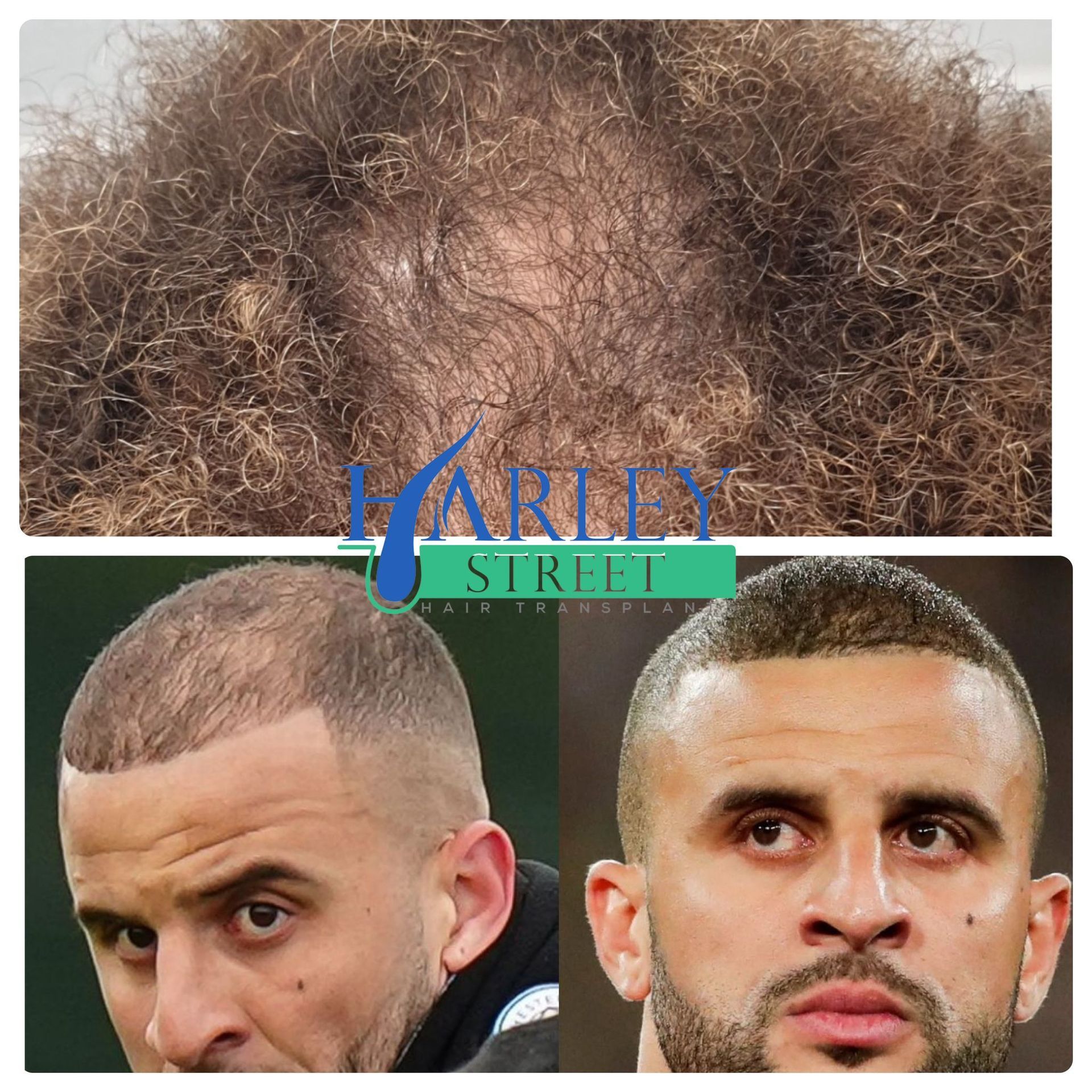
Quick Links
All Rights Reserved

